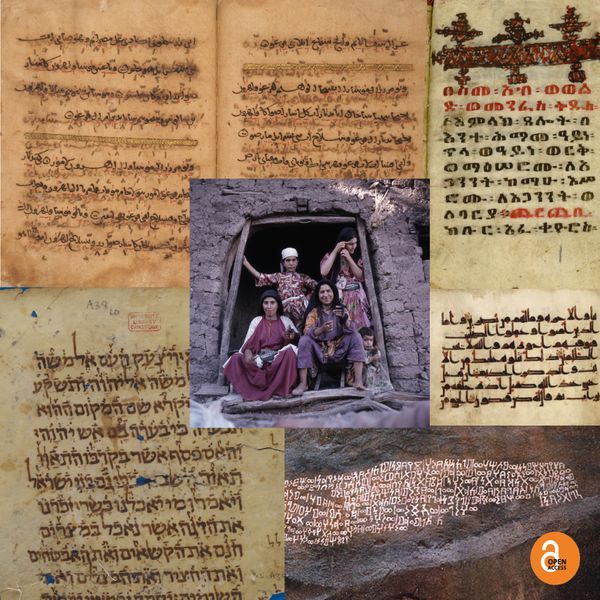An Open Essay on the Personal and Profound Relevance of Simplified Signs
By Jessica Davis
When called upon to recount my experience working with Professor John Bonvillian on the Simplified Sign project, I am reminded of Hamlet beseeching the Players:
Speak the speech, I pray you, as I pronounced it to
you, trippingly on the tongue: …
...Nor do not saw the air
too much with your hand, thus, but use all gently;
for in the very torrent, tempest, and, as I may say,
the whirlwind of passion, you must acquire and beget
a temperance that may give it smoothness.
(III.II. 1-8).
With the same desperate urgency with which young Hamlet implored his audience to grasp the dire importance of attention to how we conduct an exchange of ideas, I would ask our readers to note that we must learn to mind not only our “tripping” tongues, but also our “tempestuously passionate” gestures.
John and his colleagues recognized from the beginning the unquestionable importance of “listening” to the gestures, facial expressions, and body movements of others. Bonvillian’s methodology compassionately acknowledged the needs of those he observed by individually crafting a response to such persons in their native hand. In 2012, I, a late-deafened 22-year-old woman who had recently transferred to her dream school, stumbled into his office seeking permission to learn more about the sign language research he was doing at the University of Virginia. That afternoon, John Bonvillian became the first person in my life to immediately adapt his communication with me by supporting his speech with signs and gestures, facing me when speaking, enunciating his words, and never hesitating to repeat himself should I ask for clarification. More importantly, in that same moment, he became the first clinician to explicitly define and validate my previously unacknowledged communicative needs, which forever changed how I interacted with myself and those around me.
Like thousands of students before me, I had the privilege of learning from the pulpit of a psychosocial pioneer of multimodal “tempered smoothness” who had a gift for effortlessly incorporating gestures with his trademark pentameter-esque cadence of spoken English. Unlike most of his other students, however, I experienced chronic kidney disease, moderate-severe deafness, language deprivation, social isolation, PTSD, and many of the psychosocial misgivings of being a nontraditional working “Townie” at the prestigious UVA. None of these “abnormalities” phased Dr. Bonvillian, who worked with me as he would any other student, eventually bringing me into the Simplified Sign project and honoring me with the role of a Principal Investigator.
It was at UVA, and especially in John’s classes, that I would first come to understand the implications of a lifetime spent being underestimated as a valuable and contributing member of society. I would also come to learn from both a personal and academic perspective the amazing power of signs and gestures for making social connections. I couldn’t possibly articulate the innumerable benefits that I have gained from learning Simplified Signs, but I can attest to the noticeable communicative progress in both my English-spoken and ASL-signed interactions over the last 8 years of my life. Moreover, I am living proof that sign language education does not impede spoken language usage; on the contrary, my experience has taught me the statistically significant benefits of integrating linguistic modalities.
Imagining a new sociocultural norm that fully supports linguistic diversity does not sound easy. However, teaching what I’ve learned about the intentional integration of signed and spoken language for the purposes of optimal perception and shared understanding might be a simple enough idea to see a shift in the status quo, and I embrace that idea wholeheartedly. Thanks to Open Book Publishers, Simplified Signs Volumes I & II are available for free for everyone to use worldwide. We are now all endowed with the tools to communicate meaningfully from a distance, and/or while wearing face masks, and/or through glass windows, and/or across language barriers, and/or with one’s culturally diverse or differently-abled child, sibling, friend, family member, client, colleague, teacher, weary traveler, or wounded warrior. As we move forward in our lives in the days and years that follow this publication, I beseech you in the spirit of the Bard:
Sign the speech, we pray you, as we have pronounced it to
you. And with this, our system, beget
a temperance that may give it smoothness.
Jessica Davis was a research assistant on the Simplified Sign project for a year and then served as a principal investigator for two years. Her research focused on expanding the lexicon for use with a broader population of individuals. She continues to be involved in the project and, in coordination with the authors, hopes to produce an app and educational materials for persons learning Simplified Signs. Ms. Davis counts herself among the neurodiverse populations that Dr. Bonvillian aimed to most directly serve.
This book is now available to read and download for free. Please, click here to access Vol. 1 and here for Vol.2.
Photo by Shoeib Abolhassani on Unsplash



